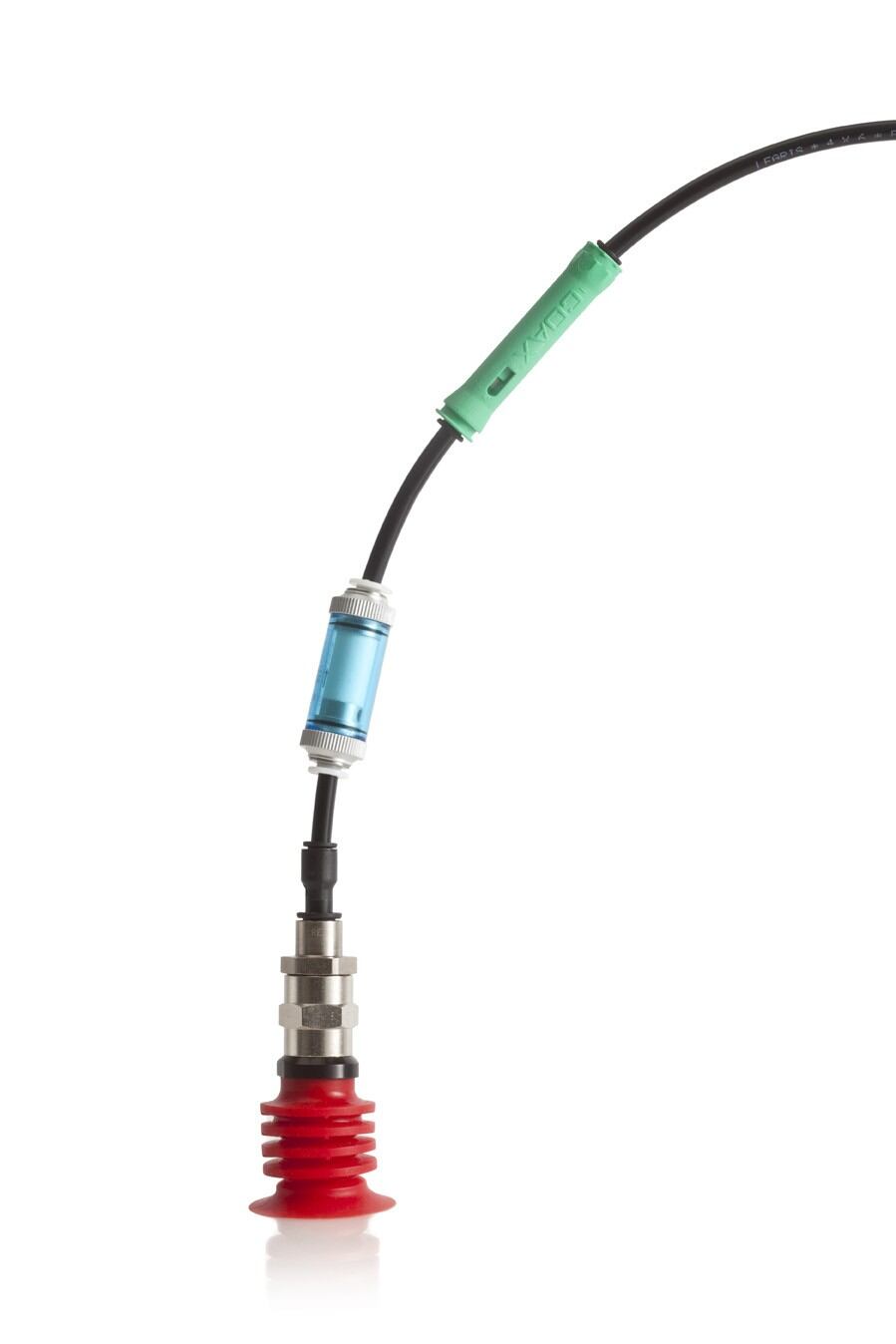The Swedish company said its piINLINE range of three vacuum ejectors cut energy consumption by between 35 to 50 per cent thanks to an innovative nozzle design.
“This means that with half the amount of compressed air going into our nozzles compared to other systems, we can generate twice the flow,” Josef Karbassi, vice president marketing and communication told FoodProductionDaily.com.
Vacuum ejectors generate the vacuum flow for suction cups to enable reliable gripping, lifting and moving of both packaging and solid foodstuffs. Consequently they are a fundamental component on a packing line.
“The new range has a high vacuum flow and tolerates fibres and dust, so they work very well in applications for carton board and solid board materials that leak air significantly, which is normal in the packaging industry,” added Jan Schieche, company global product manager pump and accessories.
Retrofitting and reliability
The line comes in three sizes: Midi, Mini and the smallest model Micro – with the latter using on average half as much energy as comparable products. Sound levels are also lower, said Piab.
The ejectors can also operate at full capacity even in environments where the supply of compressed air varies.
“Normal vacuum ejectors need around 5-6 bar of pressure but with our technology we can operate on lower pressures of between 2-6 bar,” said Karbassi. “This means that if there is a problem with fluctuating pressure, our products can still perform reliably.”
The ejectors have been designed so that line operators can easily replace single-stage products, said the company.
“The new line is 100 per cent compatible with existing in-line single stage ejector systems, which means that retrofitting is not an issue,” Karbassi added. “The components are durable and generally last as long as the machine itself.”
Return on investment
The marketing VP said that under normal use return on investment (ROI) could be realised in three months for the medium Mini model and less than six months for the other two - due to a combination of the energy savings and pricing in comparison to rival products. While the energy saving potential is greatest in the Micro ejector, the Mini model has been most competitively priced – hence its faster ROI, he added.
“Each ejector could save around €50 a year compared to comparable products,” said Karbassi. “This is significant when you consider that it is not uncommon to have thousands of these components on a packaging line.”
Product options
Each of the vacuum ejectors comes with a choice of options to optimise performance and the capacity for the specific application, said the company.

Xi provides best vacuum flow and efficiency at deep vacuum levels, and final vacuum level at approximately 95 per cent. It is said to operate best with smooth materials such as glass and plastic and is especially useful in the metal and plastics industries where components are difficult to pick up. Items can be gripped with small suction cups moving over the surface, thus avoiding more expensive lifting techniques, said Piab.
Si gives large flows at low and medium vacuum levels. Piab recommended its use for applications where leakage is a significant factor, such as in the packaging industry, and where ejectors are required with large flows to enable reliable gripping, lifting and moving.
Pi (or Bi in smallest models) offers low feed pressure of 0.18–0.3 MPa and is suitable for factories in industries with relatively low or fluctuating air pressure, said the company.
The products are available in Europe, Asia and North America.
